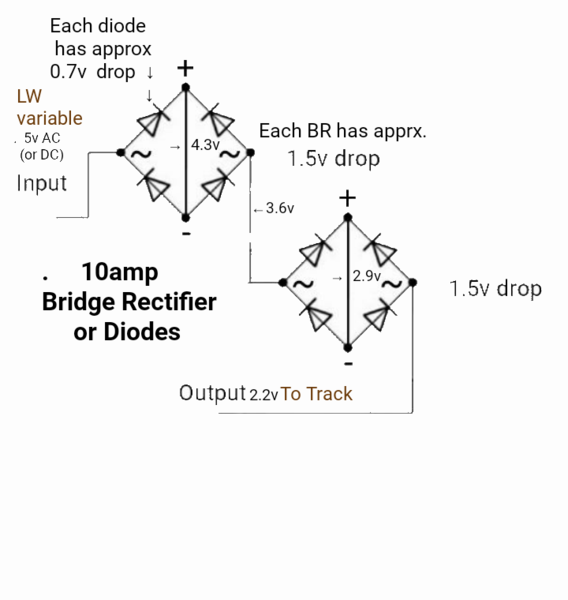I have an older brass Weaver steam loco. She gorgeous, but a "plain Jane" with no sounds and a sueth smoke unit. It seems to get stuck in direction 90% of the time. Mostly forward, but sometime in reverse. All other locos are working fine. Can you give me any clues as to how an electronic reverse unit can foul up and get stuck like this? There is a lockout switch. I have tried both directions thinking it might have been wired backwards, with same results both ways.
Thanks,
Troy












